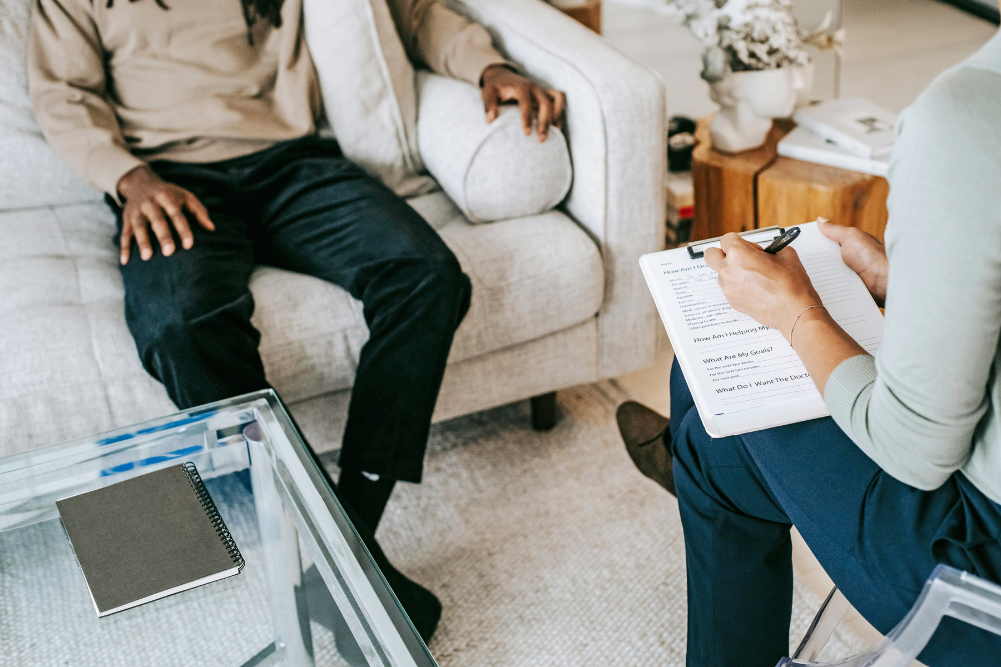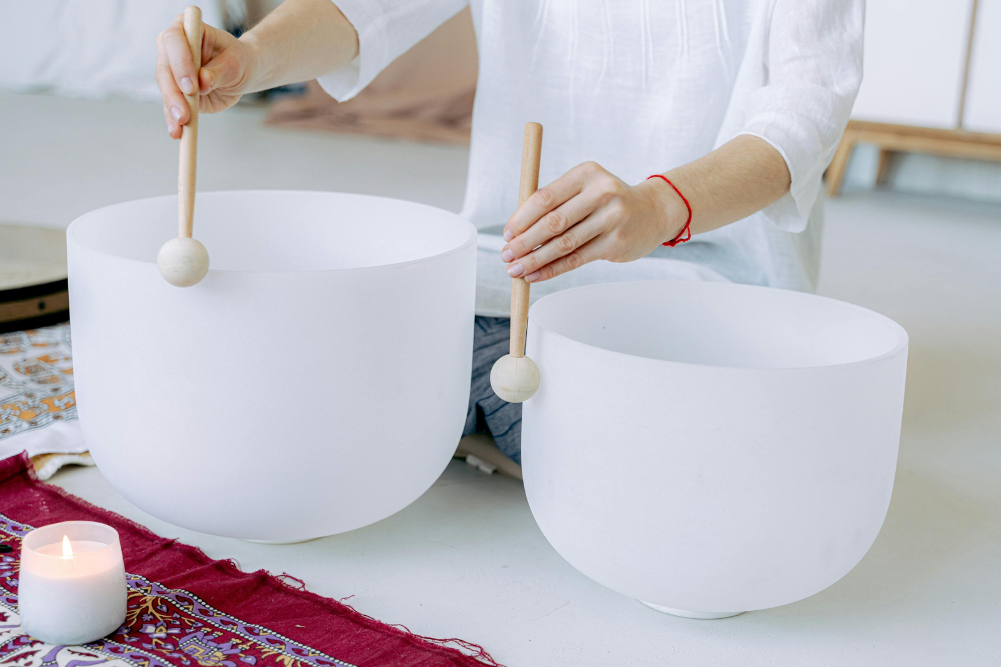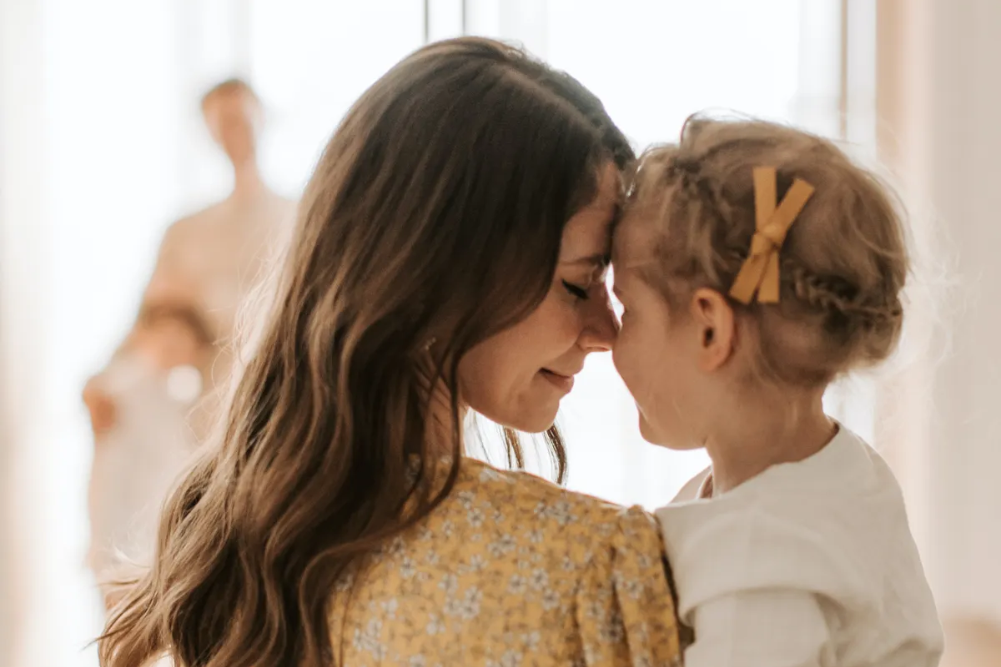What’s in a colour?
Could the colours you love say something about the kind of person you are? Can colour affect you emotionally and could you even harness a colour to promote your wellbeing? Science and ancient wisdom suggest that colour can indeed influence your mood and reveal your personality, as well as heal your mind, body and soul.
In every moment you are bombarded by a plethora of seven million colours, as this is how many shades of colour your eyes are able to distinguish. This electromagnetic light hits the retina of your eye and is interpreted by your brain as colour. When you see a blue object, you actually see an object absorbing all the colours of the spectrum except blue, which is reflected back to you. There are 120 million rods in your eyes to perceive various shades of black, grey and white while a further 6 million rods perceive colour and detail.
Along with suggesting the type of person you are, colour has even been able to predict your career with surprising accuracy.
You might not be affected by the electromagnetic energy of colour in the extreme way you are affected by say, radiation waves, but it still has a powerful effect on you. Research suggests even non-seeing people respond physiologically to colour in a similar way to sighted persons.
Once a colour has registered in your brain, research says it affects your mood, productivity at work and how you feel. Even the colours you favour say something about the kind of person you are.
Colour and mood
The notion that colour affects your mood is embedded in our language. We use terms like “feeling blue”, “seeing red”, “green with envy” or “viewing things through rose-coloured glasses”. The meaning you attribute to colour is also culturally influenced. For example, yellow can represent courage in Japan, mourning in Burma, wisdom in Buddhism and royalty in China. In the book Your True Colors, Catherine Shovlin outlines findings from experiments looking at the effects of colours on you emotionally and these are outlined below.
Red increases your heart rate and physical reactions to prepare you for flight or fight; it’s the colour your eyes first see. This all makes sense from an evolutionary perspective when you think of blood or fire as signs of danger. We also associate red with anger and sex and it has the effect of increasing the testosterone of the wearer. It can make a team more likely to win a game of sport and one study showed that when the same women wore red and blue they were perceived as more attractive in red. Red can also help solve problems when urgent fixes are needed.
While red may help with solving problems quickly, blue assists with other aspects of mental activity such as brainstorming and creativity, where one has to carefully think through an entire process to the end. It makes sense that you need a calming colour like blue for this kind of thinking.
Green appears to be a colour we are hardwired to respond to positively, inducing calm, acceptance and wellbeing. From an evolutionary standpoint, this makes sense given areas of green suggest the presence of water, plants and animals to eat.
Other studies have also found that green has a calming effect during exercise and reduces anxiety over phobias. Working in a blue-green office produces a more positive mood than working in a red-and-white office. Plants in hospitals and even those visible outside a window have been shown to improve recovery. This may be because green promotes relaxation, which improves immunity. One study found when patients were able to see trees through their window after surgery instead of a wall they stayed in hospital for approximately one day less and used weaker painkillers.
Finally, orange is found to have an energising effect, suggested to stimulate appetite, while yellow increases endocrine activity, heightening emotional reactions.
What does your choice of colour say about you?
Research from the University of Westminster and Dewey Sadka’s findings in his book The Dewey Color System suggest the colours you are drawn to say a lot about the kind of person you are. They also suggest that your personality reflects a combination of many colour preferences.
People who love red are active, adventurous, energetic, assertive, rebellious, uncontrolled, happy, restless, aggressive, risk-taking, intense and strong. They are drawn to leadership and are goal-oriented, determined and exciting people, but may have ego issues, be intolerant and lack compassion.
While red may help with solving problems quickly, blue assists with other aspects of mental activity such as brainstorming and creativity.
Yellow lovers tend to be fun and cheerful. They are sociable, persuasive, goal-directed and outgoing and lean towards sales, marketing and management.
Green lovers are peaceful, secure, relaxed, hopeful, caring and helping and are drawn to coordinating and teaching.
Blue lovers value security, dignity, happiness and peace and have controlled emotions. They are also ideas-driven, analytical, cautious, committed and loyal.
Purple lovers value excitement, power, dignity, depth and tension while those who love white value innocence, peace, hope and purity. They also avoid confrontation and are kind, patient, spiritual and idealistic.
If you’re someone who favours black, you tend to value power, strength, mystery and wealth and may be anxious, sad, conservative and creative.
Along with suggesting the type of person you are, colour has even been used to predict your career with surprising accuracy. The Color Career Indicator 4.1 is a computerised career questionnaire that uses your choice of colour to predict you career with 80 per cent accuracy. This was based on 16 years of cumulative research and a series of validation studies using a base sample of more than 770,000 people.
Colour for healing
You could apply the above research findings on colour to help you in your everyday life. For example, if you want to feel energised and get things done quickly, you can visualise red to help speed up your heart rate and quicken your reactions. If you want to slow down and relax, you can imagine colours with shorter wavelengths like blue and green to soothe you.
Another way to work with colour for healing is to apply knowledge of the Eastern system of chakras, which dates back to 1500 BCE and was especially prominent in tantric traditions of Hinduism, Buddhism and Jainism. Chakras are now widely understood and used in Western practices of yoga, meditation and other healing systems.
There are seven main chakras or energy vortexes in the human body that provide a nexus for energy to flow into your body. They also represent areas of consciousness such as love, confidence or communication. It is believed that when a chakra is blocked so is the associated area of consciousness. This stunted flow of energy can physically affect the area of the body it is associated with.
Each chakra is associated with a colour, and when this colour is used in meditation or healing it is thought to address the issues associated with the chakra. For instance, someone with communication issues would have problems with their throat chakra, which is blue. Imagining blue running through your body and especially through the area of your throat should help you to speak your truth and open up communication.
Barbara Ann Brennan is an American author, physicist, spiritual healer and teacher working in the field of energy healing and has been described as one of the most spiritually influential people in the world. Brennan believes we have energy fields of electromagnetic colour, also known as auras and chakras, and using colour is vital to healing.
She says that “colour is essential to health. We need all the colours in our auric fields. Since every disease is associated with the dysfunction of certain chakras and the dysfunctioning chakra needs to be nourished with the colour it is lacking, colour can be used for the treatment of different diseases.”
Brennan believes that visualising each colour running through its associated chakra can assist its balance and healing. She outlines the colours, their benefits and their associated chakra below.
Barbara Ann Brennan’s theory of colours & chakras
RED is grounding, strengthens the basic life force, the will to live and manifest our desires and feel safe; it charges, protects and heals organs near the first base chakra located at the base of the spine.
ORANGE charges sexual energy, assists immunity and ambition and heals the second sacral chakra located under the bellybutton and related organs.
YELLOW gives mental clarity and appropriateness and helps organs of the third solar plexus chakra located under the breastbone, which relates to personal power and confidence. It’s why we use the term “yellow belly” for cowardice, which relates to this chakra.
GREEN brings balance, fullness and a sense that all is well; it strengthens our capacity to give and receive love and heals the heart. It represents the fourth heart chakra and related organs.
BLUE brings peace and quiet, truthful open communication; it promotes sensitivity and relates to the fifth throat chakra helping organs located here, such as the thyroid.
DARK BLUE/INDIGO channels deep purpose, intuition, spiritual perception, ecstasy and connection to the deeper mysteries of life. It assists the sixth third-eye chakra located between the brows and nearby organs.
WHITE assists sense of purity, spiritual expansion and spiritual oneness with all, reduces pain and is good for the brain. It relates to the seventh crown chakra of universal consciousness.
Another well-known practitioner passionate about colour is American psychic and life coach Dougall Fraser. Fraser senses what colours people need to work with to help them move forward in their lives. He also believes every colour has a shadow side.
For example, he sees white as providing spiritual cleansing and clarity; however, its shadow is feeling overwhelmed by responsibility and having problems releasing clutter. If you are feeling overwhelmed and have a lot of clutter in your life, visualising white will help you declutter and gain clarity.
Another example is how gold assists with goal setting, independence and higher thought. However, the shadow side of gold is selfishness, loneliness, trouble connecting with others emotionally and being too ego-driven.
When using colour, Fraser suggests visualising a pulsating ball of light above your head in your colour of choice. Imagine it bursting like a sparkler and showering you in bright, radiant light, washing down through your head, throat, torso, arms and legs, going deep into the earth and grounding you.
The famous Swiss psychiatrist Carl Gustav Jung once said, “Colours are the mother tongue of the subconscious.” In exploring both modern science and ancient wisdom, it seems like this adage holds a lot of truth.
Colour therapy
Perhaps the simplest way to use colour is to trust your own intuition. Ask yourself, “What colour feels good to me right now?” Then vividly imagine this colour gently washing through your body, soaking deeply into your cells, muscles, blood and DNA. Breathe this colour through your heart. Your intuition often knows what you need emotionally, so go with it and don’t overanalyse. Alternatively, identify a quality you need in this moment such as peace, courage, focus or joy. Then ask yourself what colour you associate with this quality, such as peace with sky blue or joy with yellow. Then imagine this colour, along with the quality it represents, moving through your body as described.








